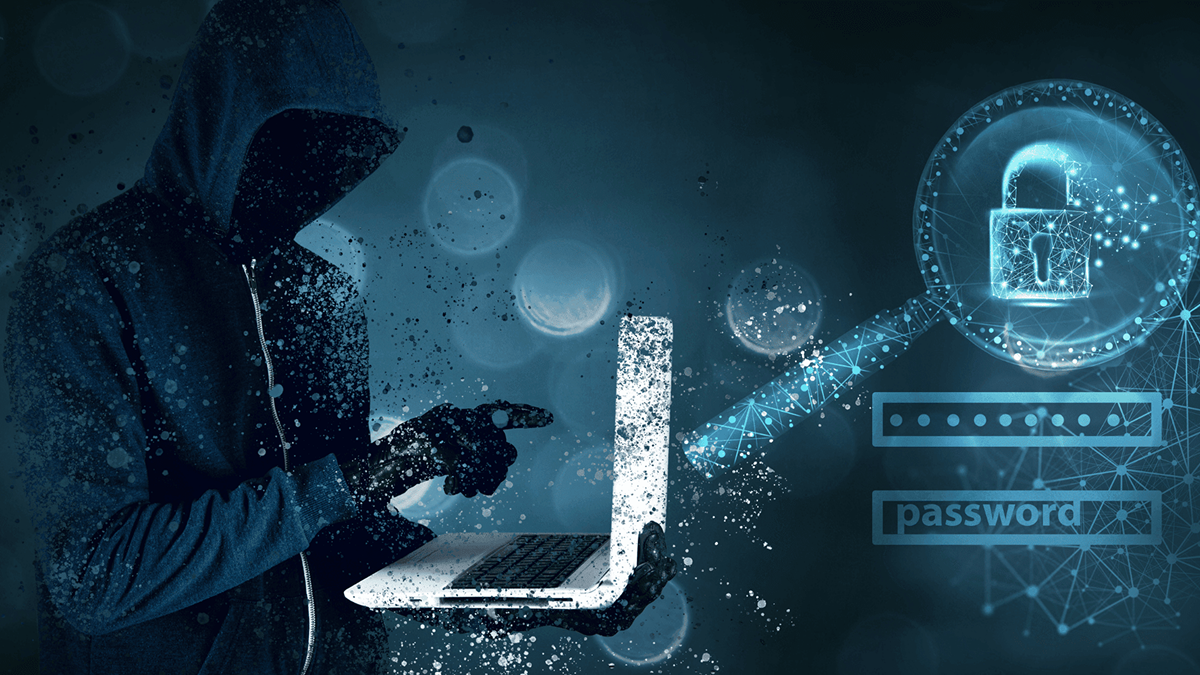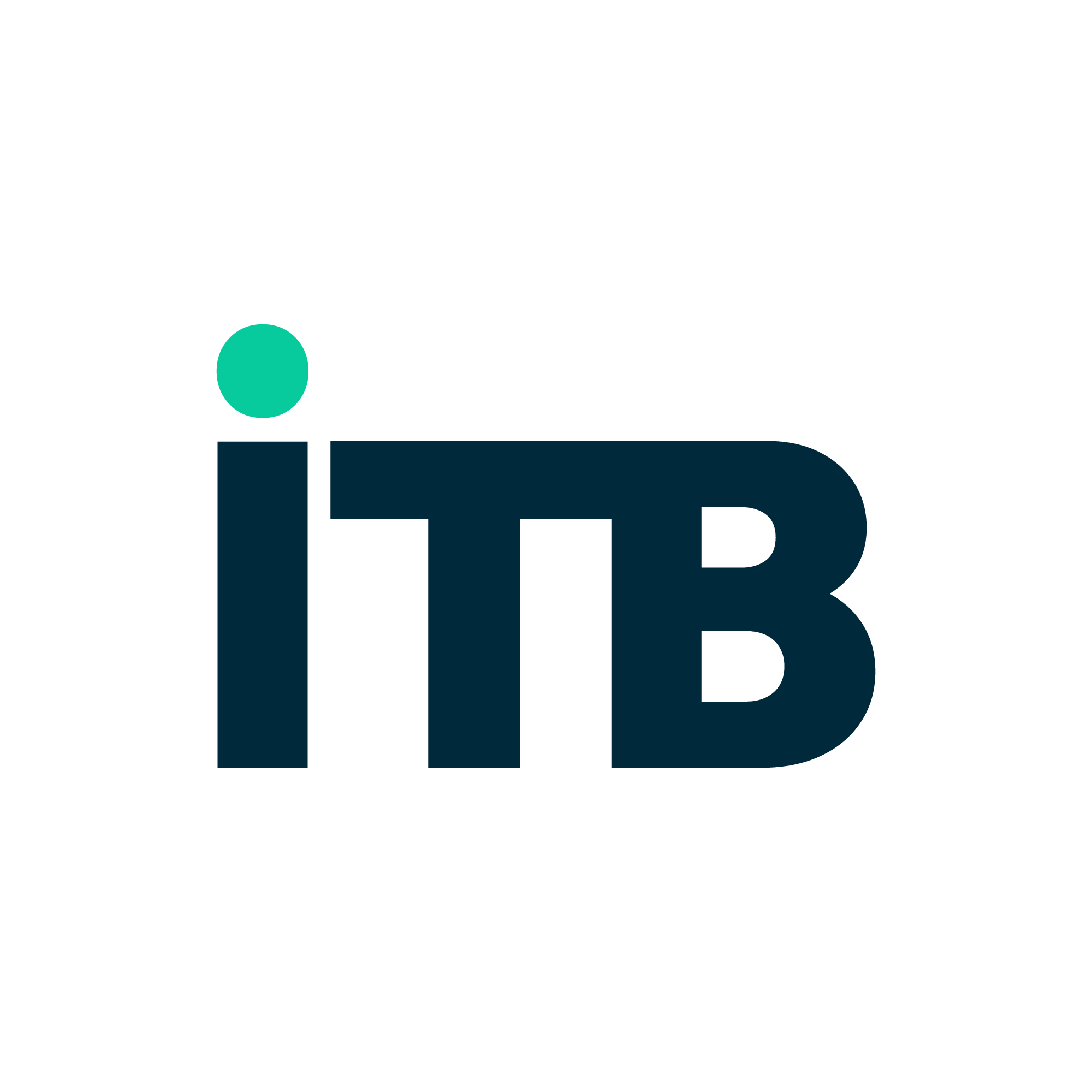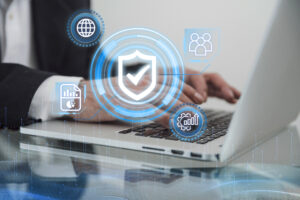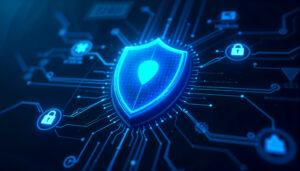In today’s hyper-connected world, data is currency — and like any currency, it attracts thieves.
From phishing schemes and ransomware attacks to insider threats and deepfake scams, the threat landscape is no longer just evolving — it’s exploding. And while digital transformation has brought speed and scale, it’s also brought vulnerabilities.
That’s where cybersecurity and risk management step in — not as IT checkboxes, but as strategic business imperatives.

Why Cybersecurity Can’t Be an Afterthought Anymore
A single breach can lead to:
Loss of customer trust
Millions in financial damage
Regulatory penalties
Permanent brand reputation damage
And the worst part? Most breaches don’t happen because of super-sophisticated attacks — they happen because of basic lapses in risk awareness.
The Modern Threat Landscape: What We’re Up Against
Cyber threats today are smarter, faster, and harder to detect. Some key challenges include:
Ransomware 2.0: Targeted attacks that don’t just lock files — they leak them.
Supply Chain Attacks: Vulnerabilities in third-party vendors becoming backdoor entries.
Phishing-as-a-Service: Yes, you can literally subscribe to phishing kits now.
Zero-Day Exploits: Attacks on software flaws before patches are even created.
And with AI now being used on both sides (attackers and defenders), the arms race is real.
Where Risk Management Meets Cybersecurity
Risk management isn’t just about avoiding danger — it’s about anticipating it, quantifying it, and responding intelligently.
Here’s how they come together:
1. Risk Assessment
Identify your critical assets: What data, systems, or functions are non-negotiable?
Evaluate threats and vulnerabilities
Score risks based on impact and likelihood
2. Policy-Driven Protection
Role-based access control
Multi-factor authentication (MFA)
Encryption policies (at rest and in transit)
3. Continuous Monitoring
SIEM (Security Information and Event Management) systems track anomalies
Endpoint detection and response (EDR) for real-time action
Cloud posture management for hybrid environments
4. Incident Response Plans
Because prevention is great, but response is essential.
Have playbooks for different attack scenarios
Conduct regular tabletop exercises
Appoint a rapid response team
Best Practices for Building a Resilient Defense
Zero Trust Architecture
Assume nothing, verify everything. Even internal users must prove who they are and what they need.
Security Awareness Training
Human error is still the #1 breach factor. Train your people like your firewall depends on it — because it does.
Third-Party Risk Assessment
Vet your vendors as closely as you vet your code. Your security is only as strong as your weakest integration.
Regular Pen Testing & Audits
Hack yourself before hackers do. Ethical hacking is no longer optional — it’s proactive insurance.
Data Backup & Recovery
Disaster recovery is not Plan B. It’s part of the plan.



Compliance is Changing — Fast
With frameworks like GDPR, CCPA, HIPAA, and the latest Data Protection Bills, organizations must constantly align with global and regional regulations.
IT and legal teams must collaborate to:
Map data flows
Document processing practices
Ensure customer consent and data deletion protocols
Cybersecurity isn’t just about how you protect — it’s about proving that you do.
Looking Ahead: Cybersecurity as a Business Function
It’s no longer enough to have a security team siloed in the server room. Cybersecurity must be embedded across the organization.
CISOs report to the board
DevSecOps becomes the default
Security KPIs align with business goals
Because safeguarding data today means safeguarding trust, continuity, and credibility.
Resilience Over Perfection
No system is unbreachable. But strong cybersecurity and risk management practices build resilience — the ability to detect threats early, respond quickly, and recover confidently.
In a world where threats never sleep, the companies that invest in intelligent protection and adaptive risk frameworks aren’t just safer — they’re stronger.



